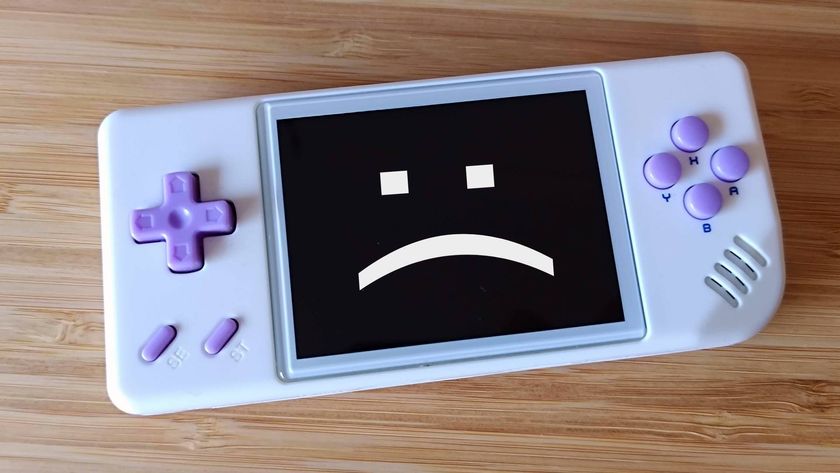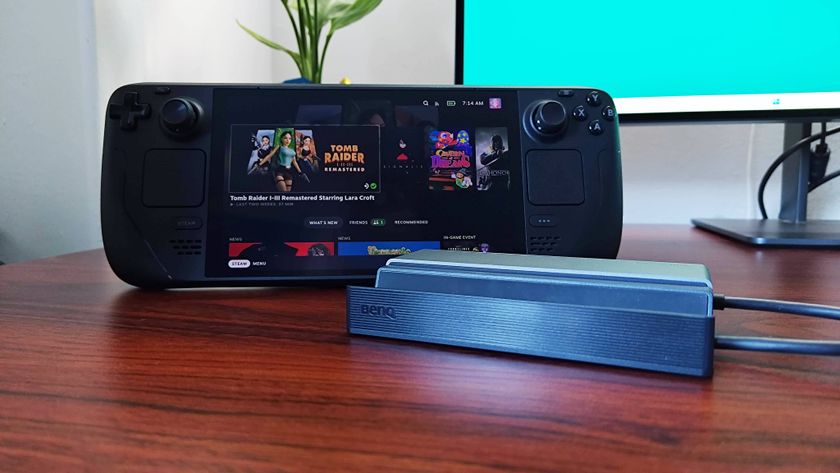I’m hyped to see Best Buy stocking premium Ayaneo handhelds, but the prices are scary
Ooo fancy pants rich McGhee over here.
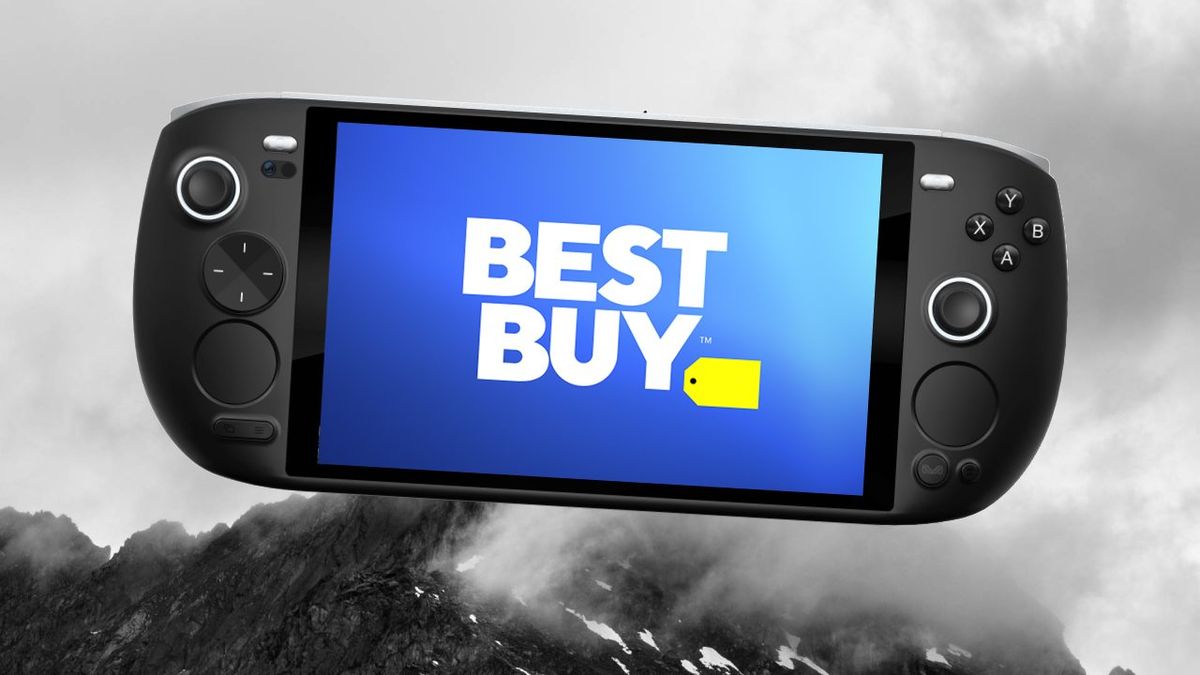
I’ve been waiting a long time for Ayaneo handhelds to reach a US storefront, so I’m pretty excited to see Best Buy now stocking devices. The catch? Well, the premium portables still come with an eye-watering price tag, one that looks worse when placed on a virtual shelf alongside Windows alternatives.
Don’t get me wrong, I genuinely believe that Ayaneo makes some of the best gaming handheld options on the market. The company continually releases different systems that offer up alternative ways to play, with the likes of the Ayaneo Flip DS injecting old console tricks into the new portable PC scene. The brand’s devices also benefit from the ever improving functionality of Ayaspace, which arguably puts rivals like Asus ROG Ally and Lenovo Legion Go to shame with better functionality.
You only have to swing by Best Buy right now to see that the real drawback with Ayaneo handhelds is price. The retailer now stocks two of the manufacturer's portables, with the Ayaneo Kun coming in at $999 (down from $1,199) and the Next Lite priced at $399. Both options are expensive to say the least, and while I do think some of the cost is justified due to their premium features, both will need discounts to really compete with cheaper rivals.
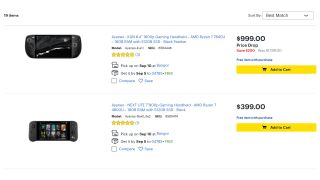
For those of you who’ve never heard of either device, here’s the skinny. The Ayaneo Kun is an 8.4-inch Windows 11 handheld that’s armed with an AMD Ryzen 7 7840U or 8840U APU. The version at Best Buy right now comes with 16GB RAM and 512GB storage, but there is a monstrous 64GB / 4TB verison out there that’ll make your desktop PC feel silly. It also boasts a 54W max TDP and 75Wh battery – a combo that gives it an edge over Ryzen Z1 Extreme machines out there.
In contrast to that beast, the Next Lite embraces its name with an older Ryzen 7 4800U chip, 16GB LPDDR4X RAM, and 512GB storage. Naturally, sticking with a Vega chipset and lower key specs is an effort to keep costs down, but it’ll ultimately hit lower fps figures than the Steam Deck OLED. The main selling point here is the premium perks tied to Ayaneo’s choice of accompanying hardware, a recurring theme with the company’s entire line-up.
Are premium handhelds worth it?
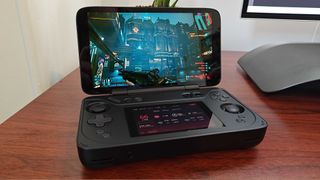
I’ve had a few friends ask me if they should pick up a handheld this year, and normally end up recommending either the Steam Deck or the ROG Ally. That’s largely down to the fact that recommending spending a grand on something like the Ayaneo 2S just isn’t viable for most people. Does that mean it’s not a good portable PC? Hell no. In fact, price is the one thing stopping the company’s devices being top of my recommendation list.
To note, I don’t think Ayaneo’s pricing is entirely unjustified. Sure, you’re ultimately paying more for something like the Kun that’ll hit roughly the same frame rates as cheaper Windows machines. However, the extra expense actually grants you access to premium features like hall effect triggers and thumb sticks – something that’s missed with the $799 Asus ROG Ally X.
Sign up to the 12DOVE Newsletter
Weekly digests, tales from the communities you love, and more
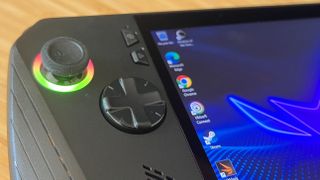
The whole experience evokes the same sensation I get sitting in my brother-in-law's Mercedes versus my Volkswagen Polo, which might sound cliche, but it’s the best metaphor for the premium handheld scene. Every Ayaneo product I’ve tested to date provides a sense of quality and performance that, despite upsetting your bank account, will feel appropriately premium. That’s not me saying you should necessarily scrape together funds for a Kun over a similar 8-inch device like the Lenovo Legion Go, but having thoroughly tested the latter, I can see why spending on physical features would result in a much nicer experience.
Simply put, if you enjoy the satisfaction of using tech that feels more premium, it’s worth keeping Ayaneo in mind. Most of you are still, quite rightly, going to stick with handheld gaming PCs around the $500 mark, but with the company’s boutique models now making their way to US retailers, we could be in for some phenomenal discounts that make picking up one of the portables a no brainer.
Already got Valve’s portable? Swing by the best Steam Deck accessories and best Steam Deck dock for excellent add-ons. Alternatively, take a peek at the best gaming laptop if you want a more traditional on-the-go rig.

I’ve been messing around with PCs, video game consoles, and tech since before I could speak. Don’t get me wrong, I kickstarted my relationship with technology by jamming a Hot Wheels double-decker bus into my parent’s VCR, but we all have to start somewhere. I even somehow managed to become a walking, talking buyer’s guide at my teenage supermarket job, which helped me accept my career fate. So, rather than try to realise my musician dreams, or see out my University degree, I started running my own retro pop culture site and writing about video games and tech for the likes of TechRadar, The Daily Star, and the BBC before eventually ending up with a job covering graphics card shenanigans at PCGamesN. Now, I’m your friendly neighbourhood Hardware Editor at GamesRadar, and it’s my job to make sure you can kick butt in all your favourite games using the best gaming hardware, whether you’re a sucker for handhelds like the Steam Deck and Nintendo Switch or a hardcore gaming PC enthusiast.
Most Popular









